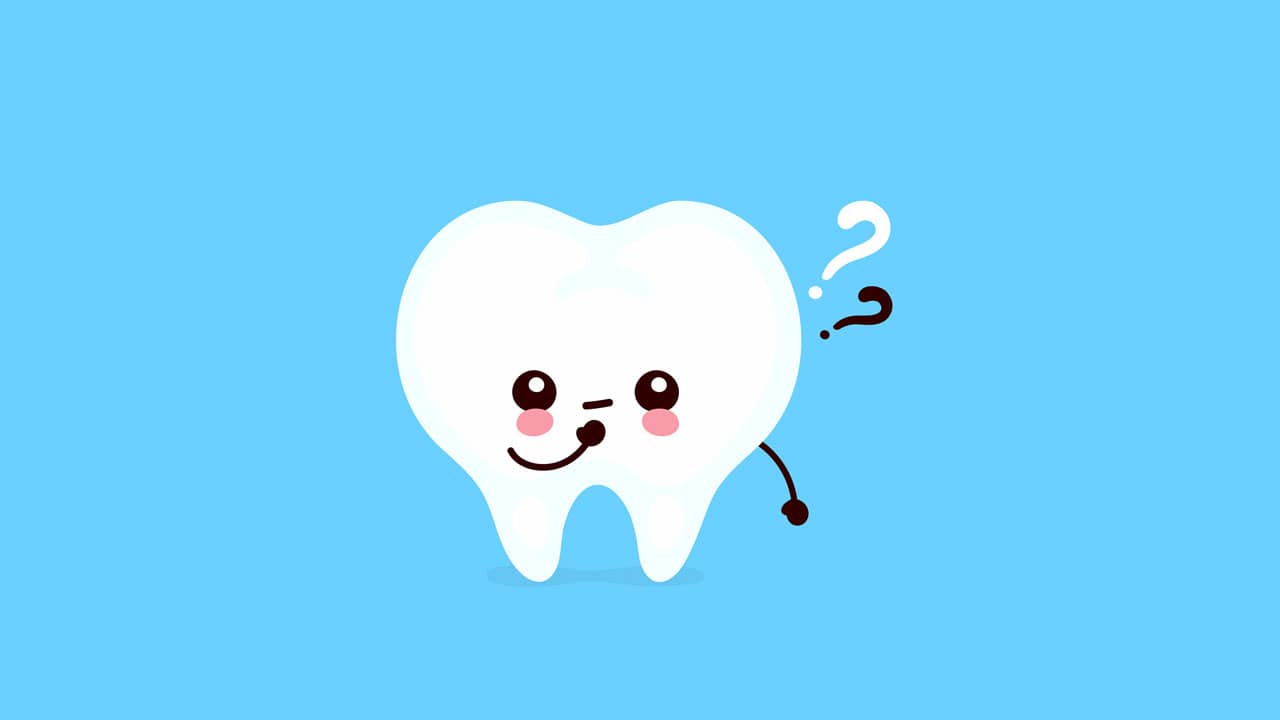
Wisdom teeth are aptly named as they are the last teeth to erupt in life, usually coming in during your late teens or early twenties when a few more of life’s lessons have been learned. While wisdom may come with age and time, sometimes we still find ourselves struggling to make some of life’s decisions both large and small—and the decision to have your wisdom teeth removed is no exception. When it comes to our wisdom teeth, many people question whether or not they truly need to have them removed or if they can risk having them grow in naturally. The wisdom of your dentist reigns supreme when it comes to your third molars, and having them removed is almost always the best course of action in keeping your mouth healthy and happy. Those who allow their wisdom teeth to grow in naturally are at risk for one complication in particular: an infection known as pericoronitis.
Catching the Signs
When a wisdom tooth comes in only part of the way, a flap of gum tissue may remain covering part of the new tooth. This condition is seen more often in lower molars than upper molars. When left untreated, bits of food and bacteria can become lodged under the skin causing irritation and infection. This infection is known as pericoronitis and its symptoms include:- An overly unpleasant taste in the mouth, resulting from infected tissue
- Halitosis (bad breath)
- Pain in the general area of the infected tooth
- Swelling in the gums in the back of the mouth, to the point where biting may be difficult due to tissue being pinched between the teeth
- Difficulty opening your mouth to its fullest extent